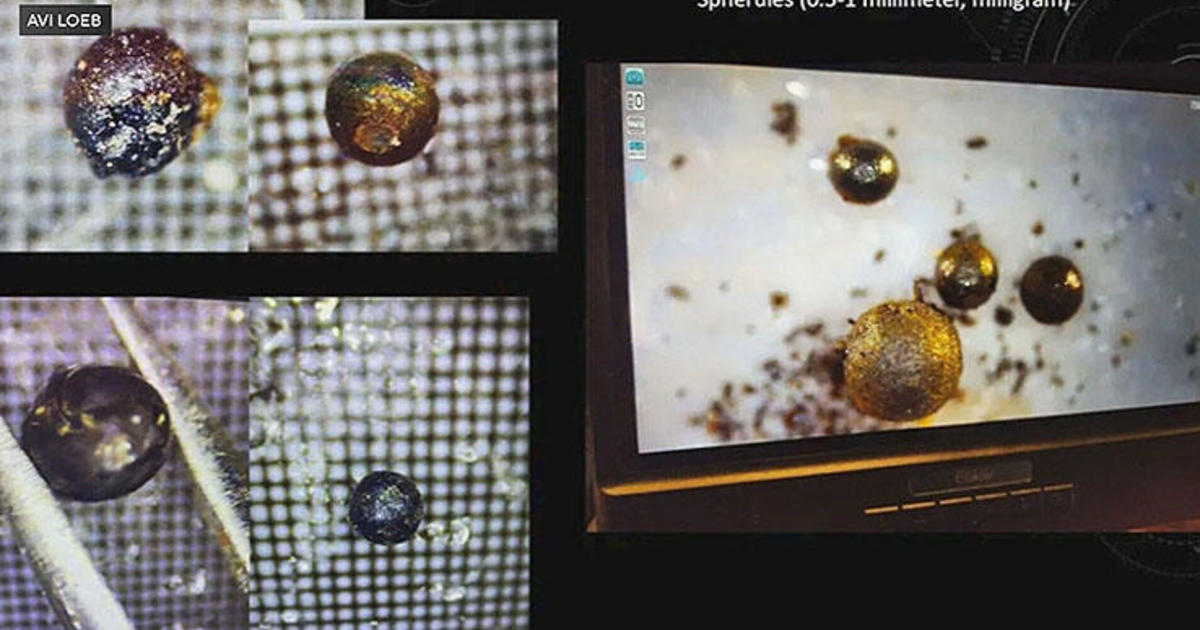A Harvard professor believes he may have found fragments of alien technology from a meteor that landed in the waters off of Papua, New Guinea in 2014.
This is so silly. What, meteors can’t be made of iron, silicon and titanium?
I think it was that they were nearly pure spherules, tiny, some resembling Earth, and harder than any other space debris ever discovered that prompted his conclusion. However, isn’t Loeb the UFO guy that’s always trying to find a link to aliens? Maybe I’m misremembering the name. To me, the article can be likened to the late night Discovery shows on aliens. Whenever I see something like this, it reminds me of the quote “magic is science we do not yet understand.” Not saying that extraterrestrial life doesn’t exist, but if you look hard enough for something, you’re going to find it, even when it’s not there.
Edit: grammar
I think he’s the same guy that said Oumuamua maybe was an alien ship because of its strange speed change. I think he said rational things, and his point is not “alien visited us”, but “we can not reject this possibility”. If an alien ship crashed there and those little balls didn’t disintegrate in our atmosphere, than there’s a bigger scrap out there. We must find it, that’s all for now. I think the “spherules” won’t say us nothing more.
Cool find, but how does any of this lead someone to believe they found alien technology? Sure it’s going to be tougher that plain iron, it’s an alloy made of of different types of metals. Even common steel used in so many projects is a simple alloy that is tougher than iron, does that mean my car is an alien spaceship?
All of the components found in these spheres are common elements which are created when a sun goes supernova, the way all the same elements were created that ended up as part of our own planet. And what is a supernova but a great big explosion that propels things really fast? So why is it surprising that this meteor was moving through space faster than other suns?
And finally… oh they made little microscopic balls? When a fast-moving meteor hits our atmosphere parts or all of it will melt from the friction. Then all the little tiny pieces slow down and cools off again, solidifying into – you guessed it – the shape of spheres as they fall through the air. And for all we know, all the components could have been separate before entering the atmosphere, they might have fused together to form the stronger alloy just from the simple fact of arriving here.
Sorry, but this is supposed to be a professor making these wild assumptions before ruling out very simple natural processes? Was there even any proof that what he found actually came from the meteor? For all the evidence shown in the article, these things could have been spewed out by a lava vent where again the molten metal would have cooled in the water to form little spheres, and then rolled around on the ocean floor for the last million years.





